20-22 March 2018
This is where sparkling wine is produced which can be called "champagne" - anywhere else in the world, it can only be called "sparkling wine". We learned to pronounce "Reims" as "raunce" - although we can't say for sure whether there are multiple ways of pronouncing (unless you're French !?).
Below: (guidebook) Our Lady of Reims, completed 1275, is a Roman Catholic cathedral in Reims, France, built in the High Gothic style. The cathedral replaced an older church, destroyed by fire in 1211, that was built on the site of the basilica where Clovis I was baptized by Saint Remi, bishop of Reims in 496. That original structure had itself been erected on the site of some Roman baths. The seat of the Archdiocese of Reims, the cathedral was where the kings of France were crowned.
This is where sparkling wine is produced which can be called "champagne" - anywhere else in the world, it can only be called "sparkling wine". We learned to pronounce "Reims" as "raunce" - although we can't say for sure whether there are multiple ways of pronouncing (unless you're French !?).
Below: (guidebook) Our Lady of Reims, completed 1275, is a Roman Catholic cathedral in Reims, France, built in the High Gothic style. The cathedral replaced an older church, destroyed by fire in 1211, that was built on the site of the basilica where Clovis I was baptized by Saint Remi, bishop of Reims in 496. That original structure had itself been erected on the site of some Roman baths. The seat of the Archdiocese of Reims, the cathedral was where the kings of France were crowned.
Gerri hanging out on a "cork" stool at the Reims' champagne visitor information center. And then at a champagne production facility, GH Mumm, complete with caves, extensive underground spaces where the champagne ages, sometimes over many years. The caves seemed to be endless, and although we saw thousands of champagne bottles with our guided tour, there was an incredible expanse down there we could only imagine - several kilometers worth. This company is the fourth largest producer of champagne.
Neat displays above and below ground. The tour guide provided an excellent brief tutorial on the history and how's and wow's of champagne.
And then finally the tasting...that's some good champagne.
Following our Rick Steves' tour book, we then drove out into the countryside of the champagne wine region. Still a bit chilly, but loving the bright sunshine.
At the final resting place of Dom Perignon - Hautvillers is a commune in the Marne department in north-eastern France. The Abbey of St. Peter which existed here until the French Revolution was the home of the famous Dom Perignon, a Benedictine monk whose work in wine-making helped to develop champagne.
At a smaller champagne winery in a small village in the country - I would call this place a "Mom and Pop" kind of place, but still excellent quality.
Back in Reims for the night. Below left the two of us eating mussels in a chain restaurant, although still with a modicum of character. After our meal, this Frenchman appeared, maybe the chief manager, joyfully walking something that looked like a trophy amongst his staff - he had us pose for photo with it. We never obtained an explanation, as his English seemed non-existent, and our French was far too limited.
The other photo below, with the trees, shows the exacting care they perform in trimming these trees - we witnessed this same scene around much of France.
The other photo below, with the trees, shows the exacting care they perform in trimming these trees - we witnessed this same scene around much of France.
The next day, another champagne tour with the caves - Taittinger. This tour was especially interesting, as part of the caves incorporated original Roman chalk quarries, as well as underpinnings of the remnants of a very old church. Wiki: Taittinger cellars were established in the Abbey of Saint-Nicaise, built in the thirteenth century in Gallo-Roman chalk pits dating from the fourth century.
Taittinger maintains of a stock of between 12 and 13 million bottles of champagne. Below left shows how they're placed for the process of removing the sediment that develops after bottling and in the early part of aging. Workers gradually twist the bottle and bring it to a higher tip angle, and then freeze the top end, remove the slug of sediment, and re-cork the bottle (minimally disturbing the contents, such that it won't just blow out).
Tim with the big bottles.
See the missing bottle - sometimes, apparently rarely, a bottle breaks for whatever reason.
The taste is awesome - this is not just sparkling wine, it is champagne!
The taste is awesome - this is not just sparkling wine, it is champagne!
-----------------------------------------------------------------------------------------------------------------------------------------------------
Reims Epilogue: We also visited a small WWII museum dedicated to memorializing the initial surrender of Germany to Allied Forces. The museum preserves elements of the American military headquarters in the original building, including the preserved in place conference room where the surrender was signed. The surrender document wasn't the final and definitive one, as the Soviet leadership was not happy about the symbolic location, as well as other details (laying down of arms, membership present, etc.). The document did establish a cease-fire on the Western Front. The effective surrender was accomplished a few days later in Berlin.
Reims Epilogue: We also visited a small WWII museum dedicated to memorializing the initial surrender of Germany to Allied Forces. The museum preserves elements of the American military headquarters in the original building, including the preserved in place conference room where the surrender was signed. The surrender document wasn't the final and definitive one, as the Soviet leadership was not happy about the symbolic location, as well as other details (laying down of arms, membership present, etc.). The document did establish a cease-fire on the Western Front. The effective surrender was accomplished a few days later in Berlin.








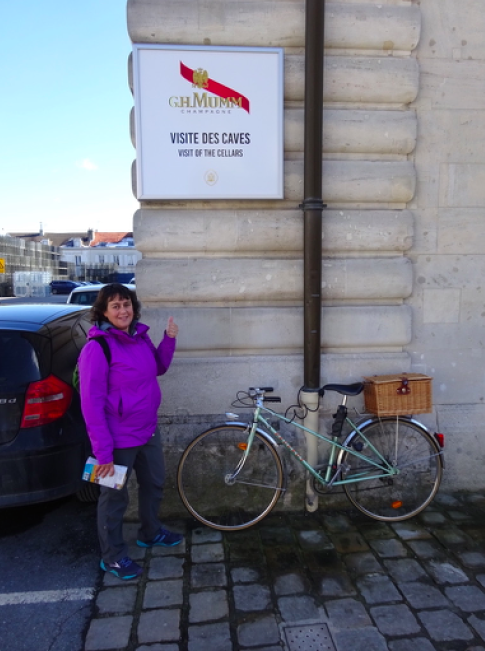
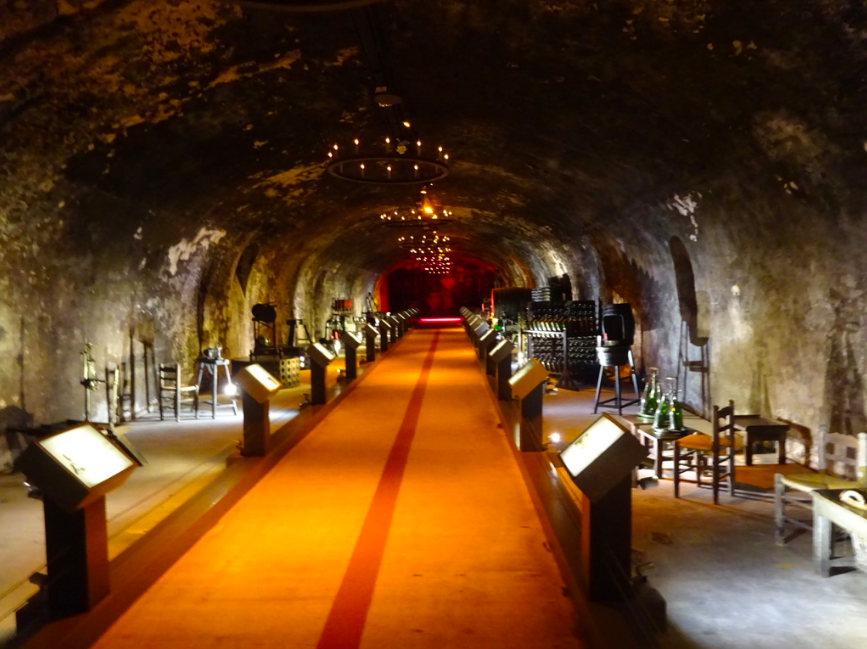







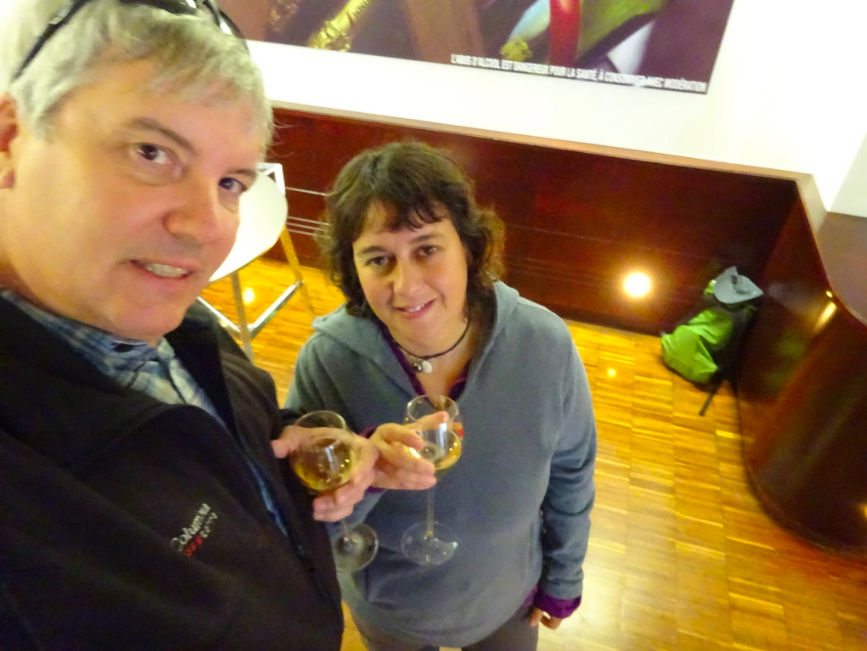


















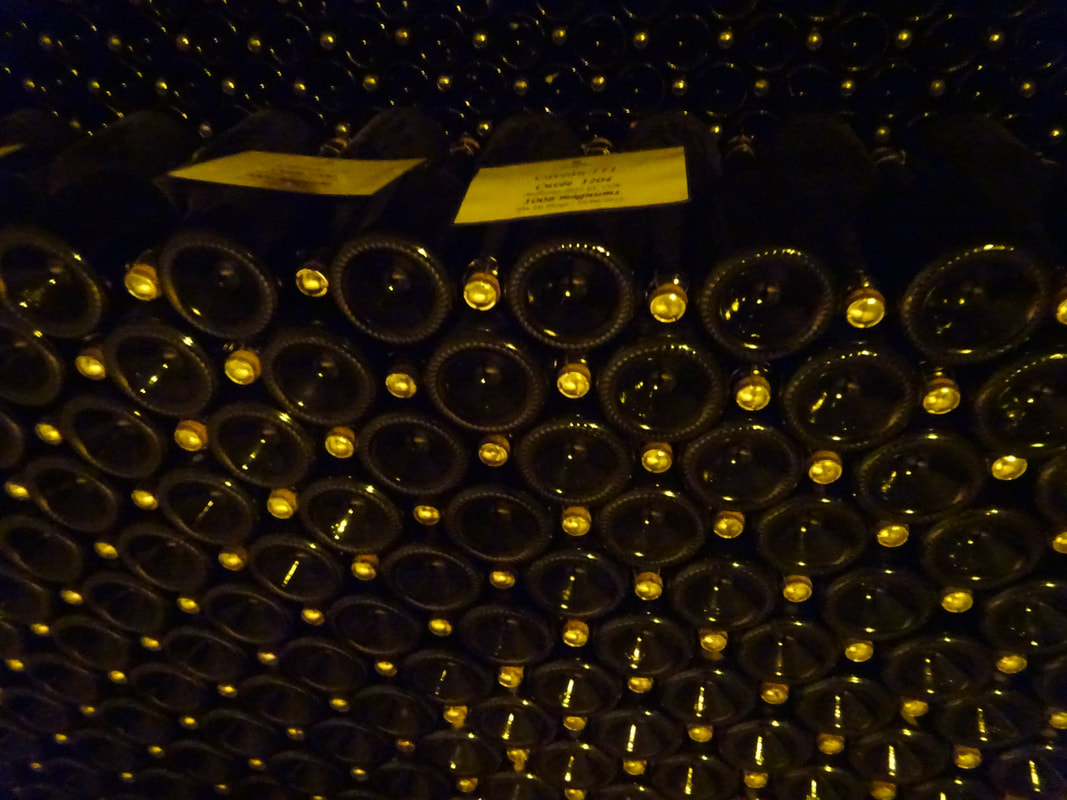










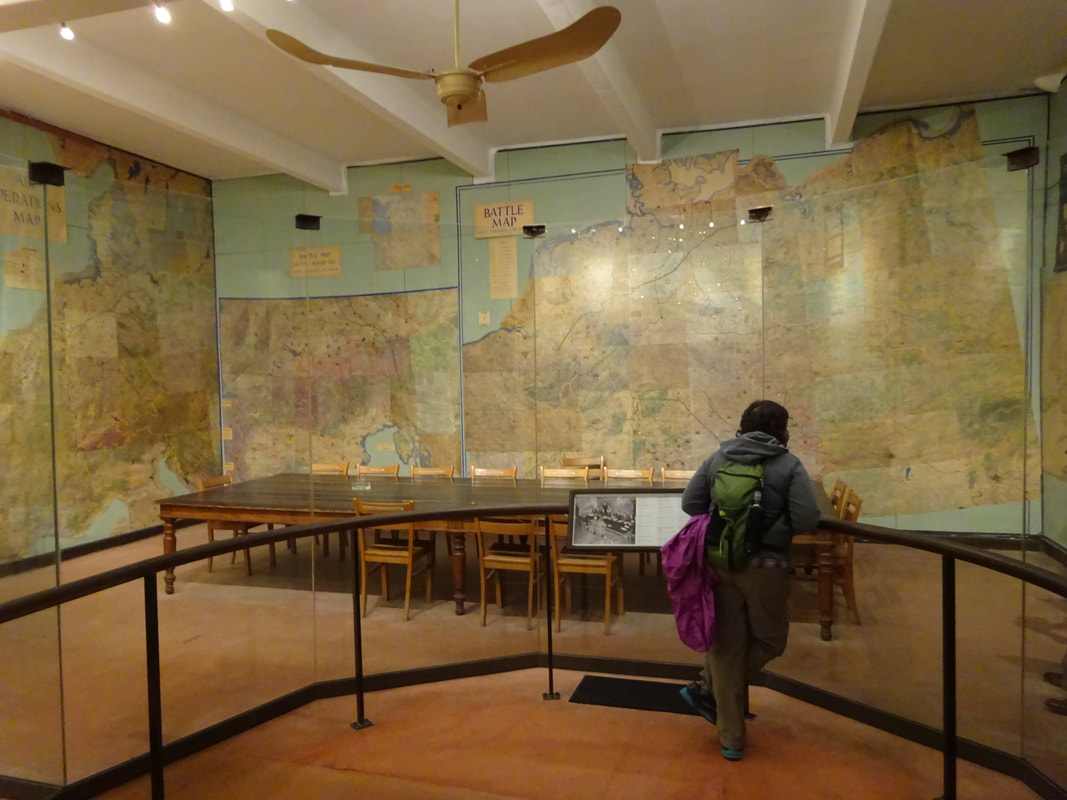
 RSS Feed
RSS Feed
